By enabling scientists to precisely change DNA, CRISpen gene editing technology is transforming the course of medicine. The ethical issues underlying gene editing, how CRISpen operates, and possible medical advancements are covered in this paper.
Table of Contents
- What Is CRISPR Gene Editing?
- How CRISPR Is Changing Medicine
- Breakthroughs in CRISPR Research
- Ethical Questions in Gene Editing
- Extra’s:
What Is CRISPR Gene Editing?

Imagine a society in which sickle cell anemia and cystic fibrosis are extinct. Imagine if we could rewrite our genetic code to fix the mistakes generating these crippling diseases. This is the reality of CRISpen gene editing, a ground-breaking technique changing genome editing and poised to revolutionize medicine and beyond; it is not science fiction.
Let’s enter the intriguing realm of CRISpen and investigate how it might transform our future.
Understanding the Basics of CRISPR
Consider CRISpen as a pair of molecular scissors meant especially to target and cut particular bits of our DNA. Inspired by a natural defense mechanism seen in bacteria, this potent instrument is Through DNA recognition and destruction, bacteria employ CRISpen to guard against viruses. Cleverly harnessing this bacterial defensive system, scientists have created it to be a precise molecular scalpel for DNA editing.
How CRISPR Works: A Simplified Explanation
Two essential parts make up CRISpen: an enzyme called Cas9 and a guide RNA. Guiding the Cas9 enzyme to the precise DNA sequence we wish to change, the guide RNA functions as a homing tool Then Cas9 slices the DNA at that exact spot like a pair of molecular scissors. Once the DNA is cut, our cells can either spontaneously heal the break, occasionally bringing the intended change, or scientists can add a fresh DNA sequence. This lets us either fix genetic flaws, add desirable features, or even create new functionalities right into cells.
The Potential of CRISPR: Beyond the Hype
There are really amazing opportunities presented by CRISpen. Imagine target and corrected defective genes helping to cure diseases. Researchers are looking at CRISpen to create fresh treatments for a variety of diseases, including Alzheimer’s disease, HIV, and cancer.
Beyond being a medical wonder, CRISpen is transforming agriculture. We can now create crops with more nutritional value, more disease resistance, and higher yields. For instance, researchers have created disease-resistant rice by means of CRISpen, therefore offering a possible global answer for poverty and malnutrition.
Ethical Considerations: A Balancing Act
Though CRISpen has amazing promise, it also begs ethical questions. One important issue is the possibility of unanticipated results. Editing the human germline—sperm, egg, or embryo—may have long-lasting consequences for next generations that result in unanticipated modifications of the human genome. Concerns around the possible application of CRISpen—such as producing designer babies or improving human features—also abound. Open debates regarding CRISpen’s ethical consequences and strong rules are essential to guarantee its responsible use as scientists keep investigating its possibilities.
How CRISPR Is Changing Medicine
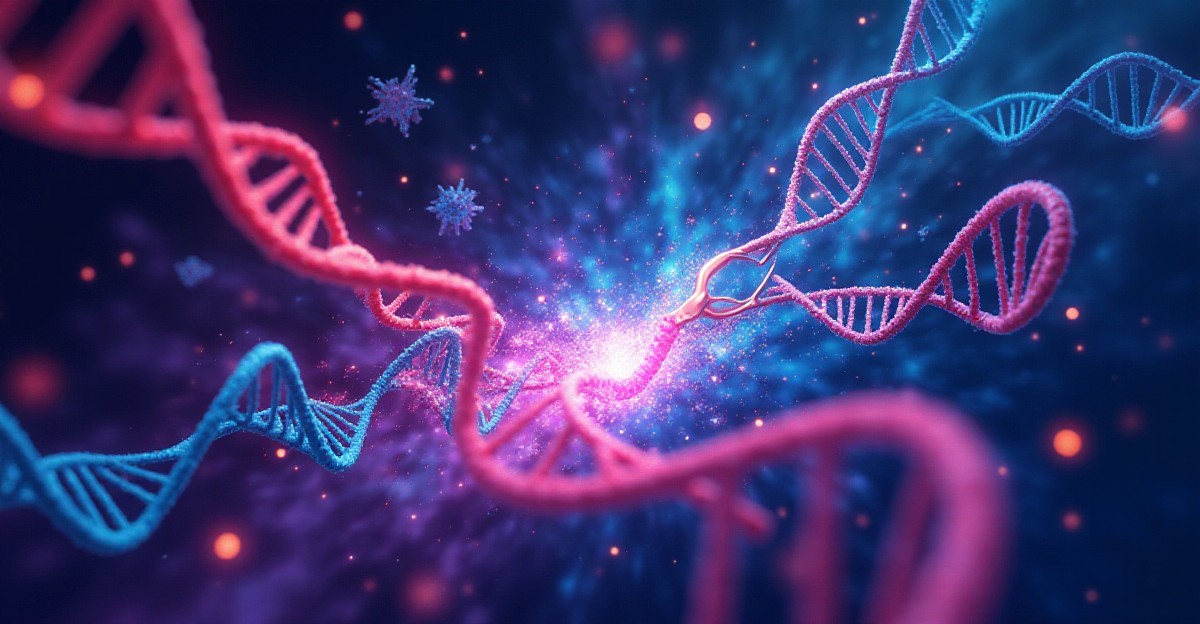
Imagine a time where diseases that have dogged humanity for millennia are no more a hazard. This is the promise of CRISpen technology, a ground-breaking tool enabling us to alter our genetic code—not science fiction. Inspired by a natural defense mechanism in bacteria, CRISpen has become a groundbreaking tool in medicine creating hitherto unheard-of opportunities for treating and avoiding diseases.
In a future when sickle cell anemia and cystic fibrosis are no more causes for worry, we can picture By fixing the defective genes causing these crippling diseases, Crispen could bring in a new age of tailored treatment.
The Power of Precise Editing
Working like a pair of molecular scissors, Crispen cuts particular bits of our DNA. This capacity to snip our DNA with exact accuracy has set up a tsunami of hope for addressing hereditary disorders.
If we could fix genetic disorders, what then? With its capacity to alter DNA, Crispen sparks a tsunami of hope for a time free from hereditary diseases.
Scientists are developing treatments for cystic fibrosis, for instance, using CRISpen right now. Clinical trials to evaluate the safety and effectiveness of these treatments in humans are under progress after researchers have effectively changed the gene causing the illness in lab environments. This is only one instance of how CRISpen is transforming the field of gene editing and clearing path for innovative treatments for a broad spectrum of disorders.
Ethical Considerations and Future Implications
Although CRISpen presents amazing possibilities for medical advancements and enhancement of human health, we have to move carefully and ethically under mind. Editing the human genome gives great obligations as well.
The possibility of unexpected effects worries one greatly. Editing the human germline—that is, the sperm, egg, or embryo—may have long-lasting repercussions on next generations by changing the human genome in ways we could not completely grasp.
Concerns regarding the possible application of CRISpen technology—such as producing designer babies or improving human features—also abound. Open conversations about the ethical consequences of CRISpen and strong laws to guarantee responsible use are essential as scientists investigate its possibilities. This is necessary to maximize the advantages of this ground-breaking technology while lowering any hazards.
We have to make sure that ethical and responsible use of CRISpen technology gives the welfare of people and next generations first priority. Future of medicine is closely related with CRISpen technology. We have to make sure that this transforming instrument serves mankind for next centuries.
Breakthroughs in CRISPR Research
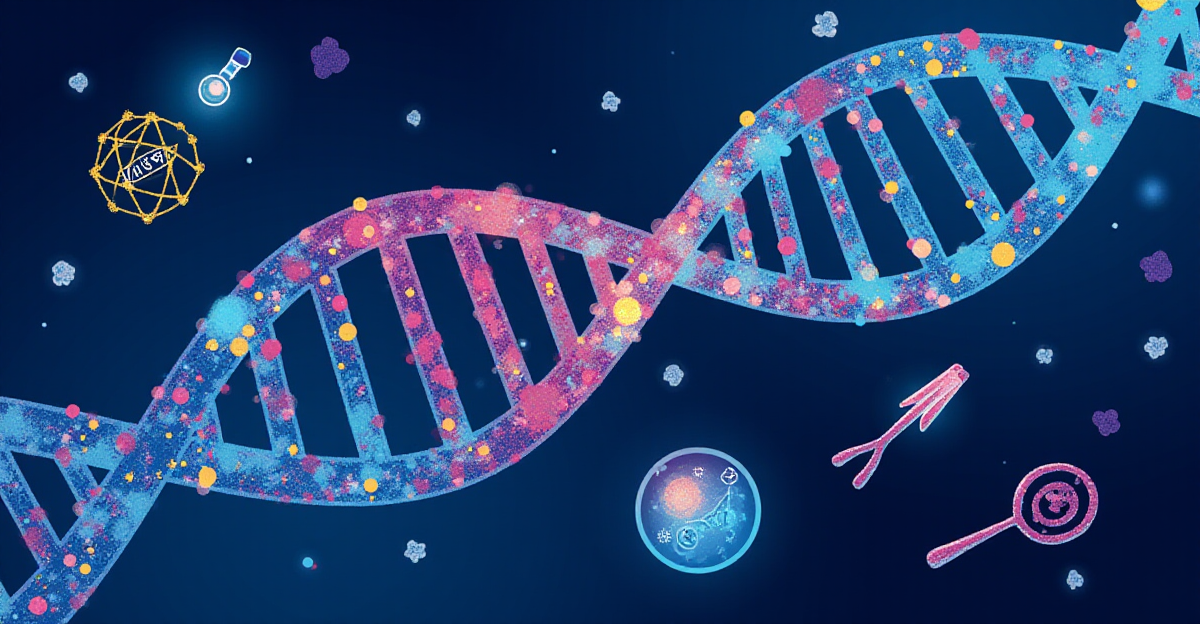
Ever wonder how accurately scientists might modify our DNA? It’s because to a ground-breaking tool sometimes known as molecular scissors, CRISpen. This amazing technology is revolutionizing the field of medicine and giving hope for once thought incurable diseases’ treatment.
A game-changer, CRISpen lets us target and alter particular genes within our genome. For some of the toughest medical disorders, this presents amazing opportunities for treatment. Today we will discuss some of the innovative developments in CRISpen research, including possible treatments for genetic disorders and ethical issues related to this potent tool.
A New Era of Therapies
It is quite amazing how well CRISpen might treat illnesses. Imagine a time where genetic disorders like cystic fibrosis are treatable condition rather than a death sentence. With encouraging outcomes in curing several genetic diseases, CRISpen research is bringing this vision near to reality.
For instance, researchers at University of California, Berkeley are altering the gene causing cystic fibrosis in lung cells using CRISpen. Healthy lung cells have resulted from their successful correction of the faulty gene seen in lab environments. This innovative study opens the path for possible cystic fibrosis patients’ new treatments.
Consider how this may affect a youngster with cystic fibrosis, who at last might breathe without continual concern about lung infections. This is but one instance of how CRISpen is transforming the treatment of hereditary disorders. Treating sickle cell anemia, a blood condition bringing discomfort and tiredness, is another area where CRISpen shows promise. Researchers are investigating CRISpen-based treatments to fix malfunctioning genes, therefore providing a possible solution for this crippling illness and a better future for millions of people.
Ethical Considerations: Navigating the Gray Areas
Although CRISpen presents hope for curing diseases, it also poses ethical questions that should be given much thought.
Genetic Enhancement: The possibility of CRISpen being applied for genetic improvement worries a lot of people Using CRISpen, this entails producing offspring with particular traits—such as increased intelligence or athletic ability. Some contend that this would result in a time when only the rich can afford to conceive designer babies, therefore aggravating already existing inequality. Imagine a society in which access to sophisticated genetic changes becomes a privilege for the few, separating those with improved capacities from those without.
Dealing with the possible unintended repercussions of CRISpen gene editing is absolutely vital. Editing genes might have unexpected consequences, hence there is always a chance of unintentionally altering anything that would cause health issues. Imagine a situation whereby altering a gene to treat one ailment unintentionally causes another health problem. Before applying CRISpen on humans, researchers must thoroughly investigate these hazards and run exhaustive tests.
Another important issue is the possible abuse of CRISpen. With hostile intent, the technology might find its way in the wrong hands. Imagine a situation in which someone is genetically modified without permission or new infections created by means of Crispen. Preventing abuse and guaranteeing ethical use of this great technology depend on strong laws and protections.
The complicated ethical questions raised by CRISpen call for honest and transparent debates. It is our duty to make sure this amazing technology is applied for the advantage of all people.
It may surprise you to see that CRISpen is influencing not only the medical domain. Other sectors including environmental science and agriculture are now seeing ripples from this ground-breaking invention. About the possible hazards and advantages of utilizing CRISpen to improve human features, what do you think? Comments section below allows you to share your viewpoint!
Ethical Questions in Gene Editing
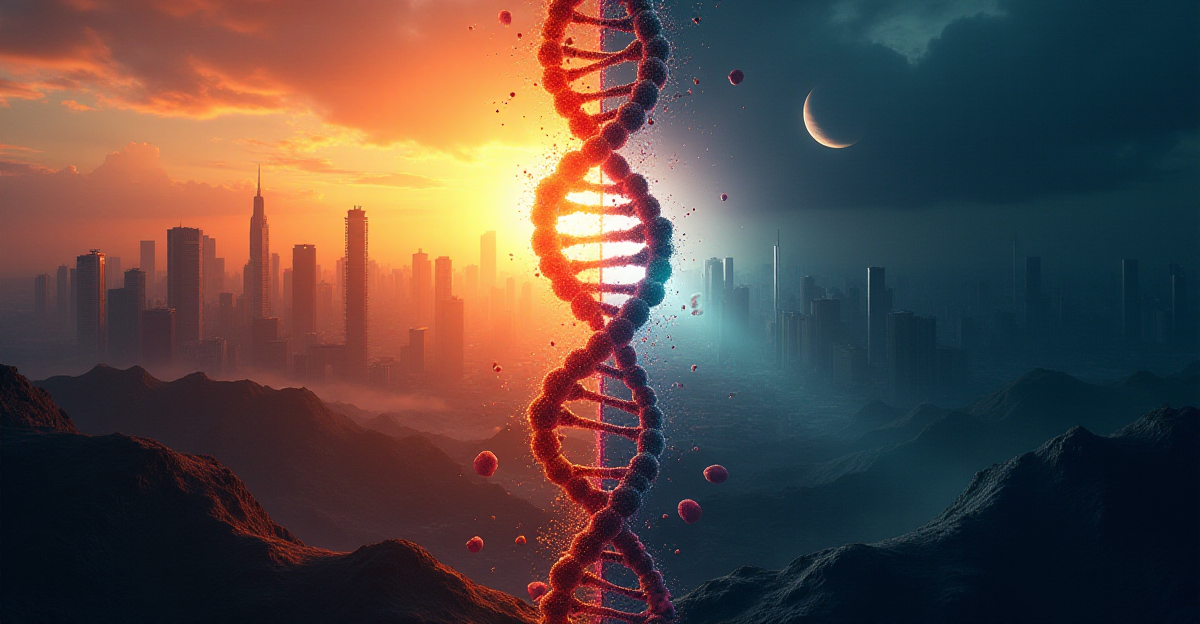
The power to precisely change our genetic code, the very blueprint of life, has ushered in a new medical era of opportunities. Promising to treat ailments afflicting mankind for millennia, CRISpen gene editing But this innovative technology also begs serious moral issues that need careful thought.
Imagine a time when we might create our children, eradicate hereditary illnesses, and improve human capacity. With a new technology like gene editing poised to transform the course of mankind, this is the promise of But beside this possibility is a convoluted web of moral conundrums that we have to gingerly negotiate.
Exploring the Ethical Questions of Gene Editing
The possibility for genetic enhancement raises among the most urgent ethical questions. The technique could allow us to produce designer babies with desired features like enhanced intelligence, agility, or particular physical attributes. Imagine a society in which gene editing primarily serves the rich; this would aggravate already existing disparities and split those who have access to and lack of gene editing. Should this technology be generally accessible for genetic enhancement, we must take social fairness and equality into account.
We also have to exercise caution on the possible drawbacks of gene editing. Although it is still a relatively new discipline, gene editing raises some somewhat unknown hazards. What if the technology causes inadvertent modifications in our genetic code that result in unanticipated medical problems? Consider the first gene-edited kids born in China; this begged serious ethical questions and underlined the need of prudence and moral supervision. This occurrence reminds us that before general usage, thorough testing and careful scientific research are very necessary to reduce possible hazards.
Gene editing also begs problems concerning bioethics, genetic engineering, and the very core of human nature. In a world where we may change our genetic code, what does it mean to be human? Will gene editing bring us all genetically altered to be perfect? in a future? This begs problems of uniqueness, diversity, and the basic essence of human being. We must have honest conversations on responsible application of this great technology.
Imagine a time when a young child inherits a genetic illness but gene editing could provide a fix. Though it is a great opportunity, we have to make sure ethical values direct the application of this technology. Before we welcome this new period of genetic engineering, we have to give great thought on the possible effects on society and next generations.
Extra’s:
For those interested in the potential of CRISPR beyond human health, our post “Reviving Extinct Species: The Science of De-Extinction” explores the possibility of using this technology to bring back lost species. If the beauty of our natural world fascinates you, then dive into “The Science Behind the Auroras: Earth’s Natural Light Show,” where we delve into the captivating phenomenon of the Northern Lights.
To stay updated on the latest advancements in CRISPR technology, visit “CRISPR Clinical Trials: A 2024 Update – Innovative Genomics Institute (IGI)” for a comprehensive overview of ongoing clinical trials. If you are interested in exploring the ethical considerations surrounding CRISPR, “Bioethical issues in genome editing by CRISPR-Cas9 technology – PMC” offers valuable insights into the complex moral implications of this groundbreaking technology.
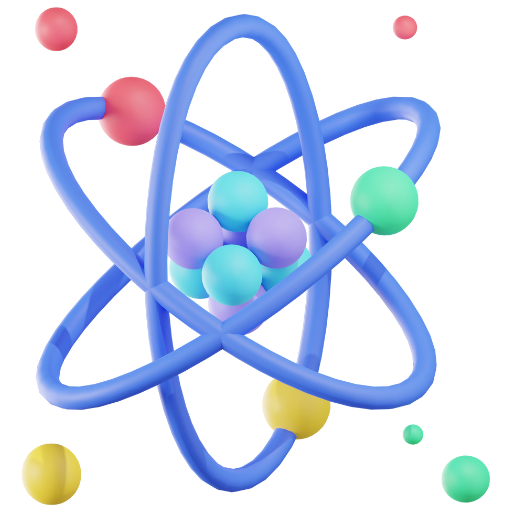


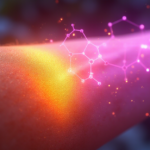





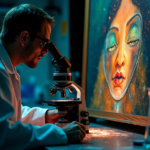


1 thought on “CRISPR Gene Editing: Transforming Medicine and Biology”